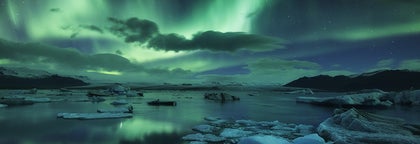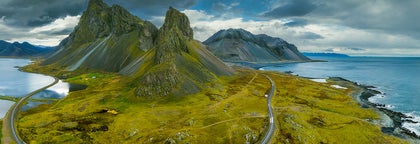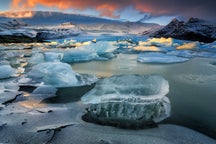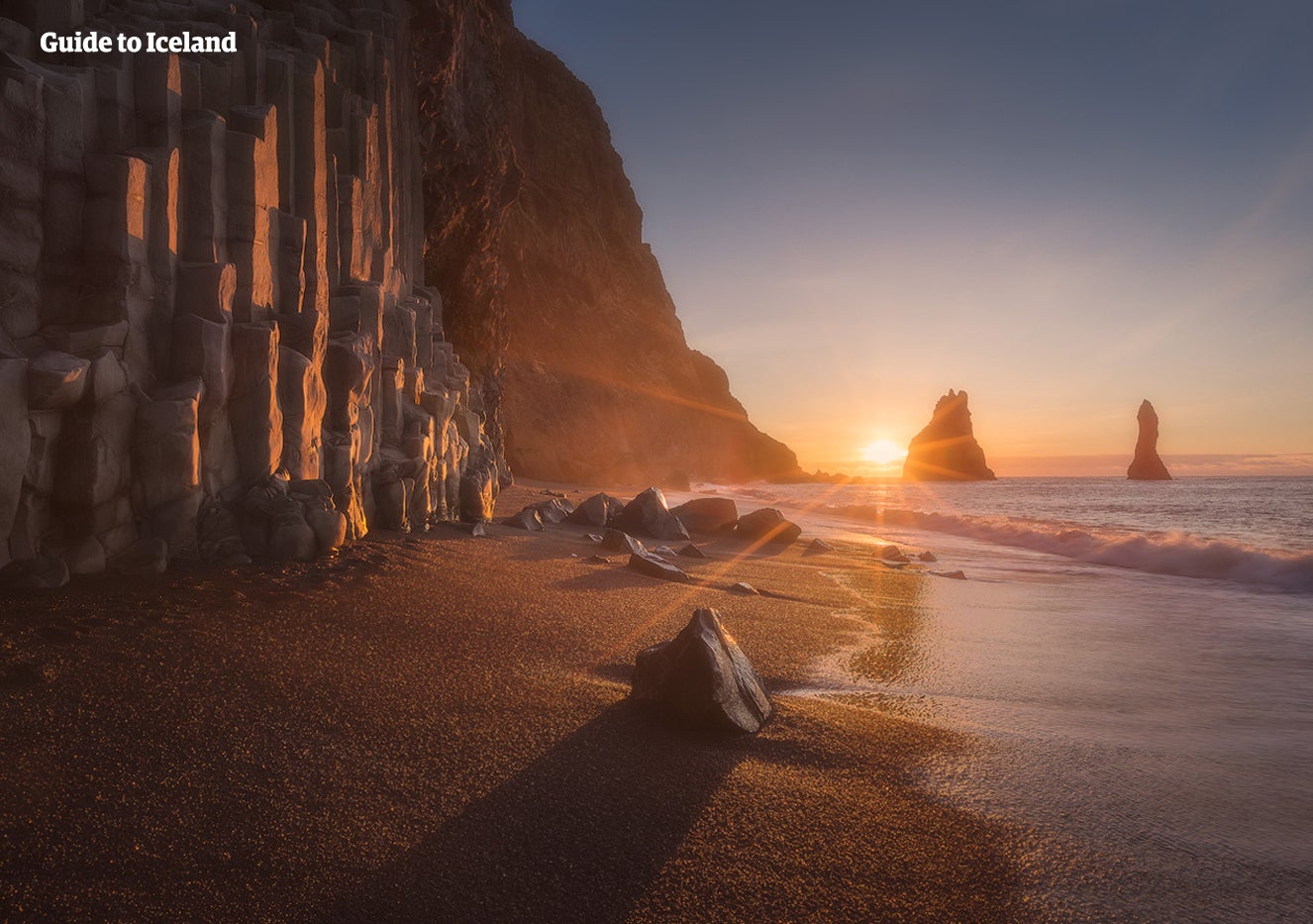Breathtaking 1 Hour Flying Tour over North Iceland’s Diamond Circle with Transfer from Akureyri





Description
Summary
Description
Fly above north Iceland’s most incredible sites, with this flightseeing tour of the Diamond Circle. This amazing trip should not be missed by any who want to see the essential landmarks of the region from a fantastic aerial perspective.
This tour begins at Akureyri’s Domestic Airport, where your little plane will be waiting. After a quick briefing on your route from your friendly pilot, you will board the craft and take to the skies.
Your breath is sure to be taken away instantly; watching the ‘Capital of the North’, with its colourful tin roofs and beautiful buildings, shrink beneath you is awe-inspiring, as is the mighty bay of Eyjafjörður, and the giant mountains of Tröllaskagi. After circling above Akureyri, you will set out on the most popular route of the region, the Diamond Circle.
You will sail over the packed tour buses slogging along below until reaching the first site. Goðafoss waterfall is a stunning feature, wide and powerful, with a fascinating history. It was here that Iceland marked its conversion to Christianity, when the most powerful man at the time, the Law Speaker of the parliament, tossed his idols of the Old Norse Gods into the furious waters.
Next on your route is Lake Mývatn. Only from above can you comprehend the vastness of this place, with its many lagoons, separated by rows of pseudo-craters and lava formations. You will be able to see the basalt fortress of Dimmuborgir, and the tiny village of Reykjahlíð. Mývatn’s name means ‘midge lake’, so an added advantage of flying over it is that the millions of little flies won’t annoy you while admiring.
As you continue above the Diamond Circle, you will come across the seething geothermal region of the Námaskarð Pass. Here, you can see hot springs and fumaroles steaming, interrupting an ominous, barren landscape.
After going over this area and around the mountain, you will come to the valley of Jökulsá á Fjöllum, a surging glacial river that holds the most powerful waterfall in Europe, Dettifoss. From land, it is breathtaking, but from the sky, beyond that. Its scale and sheer power will lock your eyes upon it in awe as you circle above it.
On your return journey to Akureyri, you will hug the dramatic mountains of Tröllaskagi, admiring the peaks and seascapes, before touching down back at the domestic airport.
Don’t miss this exhilarating flight above the fantastic sites of the Diamond Circle. Check availability by choosing a date.
Included
Activities
What to bring
Good to know
Tours are weather dependent
Video
Verified reviews
Similar tours

Download Iceland’s biggest travel marketplace to your phone to manage your entire trip in one place
Scan this QR code with your phone camera and press the link that appears to add Iceland’s biggest travel marketplace into your pocket. Enter your phone number or email address to receive an SMS or email with the download link.







